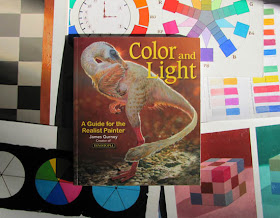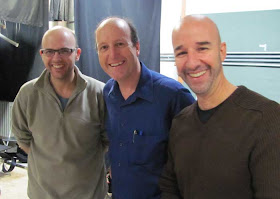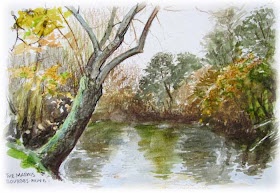We just got our shipment yesterday, and I’ve been busy signing books for the customers who have pre-ordered. Everyone who mailed in an order as of yesterday will get their shipment out in today’s mail.
And you’ll get a very special sketch inside as a thank-you for your patience.

Yesterday, Color and Light received a very generous review from Armand Cabrera on his blog Art and Influence. Armand is one of America’s leading landscape painters. He has a background in fantasy, since he got his start in the world of game design. His thoughtful and detailed weekly posts on art history, composition, color, and plein-air painting are always inspiring and helpful, so if you haven’t checked out his blog in a while, it’s a must-read. Here’s Armand’s review.

Another review just came in, from another master landscape painter—and daily blogger—Stapleton Kearns. Like Armand’s, his blog is also a must read, and I’m sure many of you G.J.-ers already are regulars of Stapleton Kearns, which recently has covered everything from Raymond Loewy to detailed analysis of Sargent’s painting methods. Also, I mention Stape in the book, for the phrase “smuggling reds,” which I learned from his blog. You can read Stape’s review here.
If that's not enough to go to my head (and make my cardboard top hat not fit anymore), there's a review from Nathan Fowkes. Nathan is one of the top concept artists at DreamWorks. And in my opinion, he's one of the finest colorists on the planet, able to effortlessly switch between observational and imaginative color. His drawing and painting demos at his workshops in LA are legendary, and you can see some of his work in the new DreamWorks book Moonshine.
And one more, a review from Sidebar, the blog of the podcast that covers comics, art, and pop culture. These interviews make fun listening in the studio, so check them out. Sidebar review here.
If you missed it, here's the Lines and Colors review.
-------
Color and Light on Amazon internationally: USA | CA | UK | FR | DE | JP
Color and Light on Barnes & Noble.com
Color and Light on IndieBound (Independent booksellers)
Color and Light signed (and doodled in) by me, from the Dinotopia Store
















































